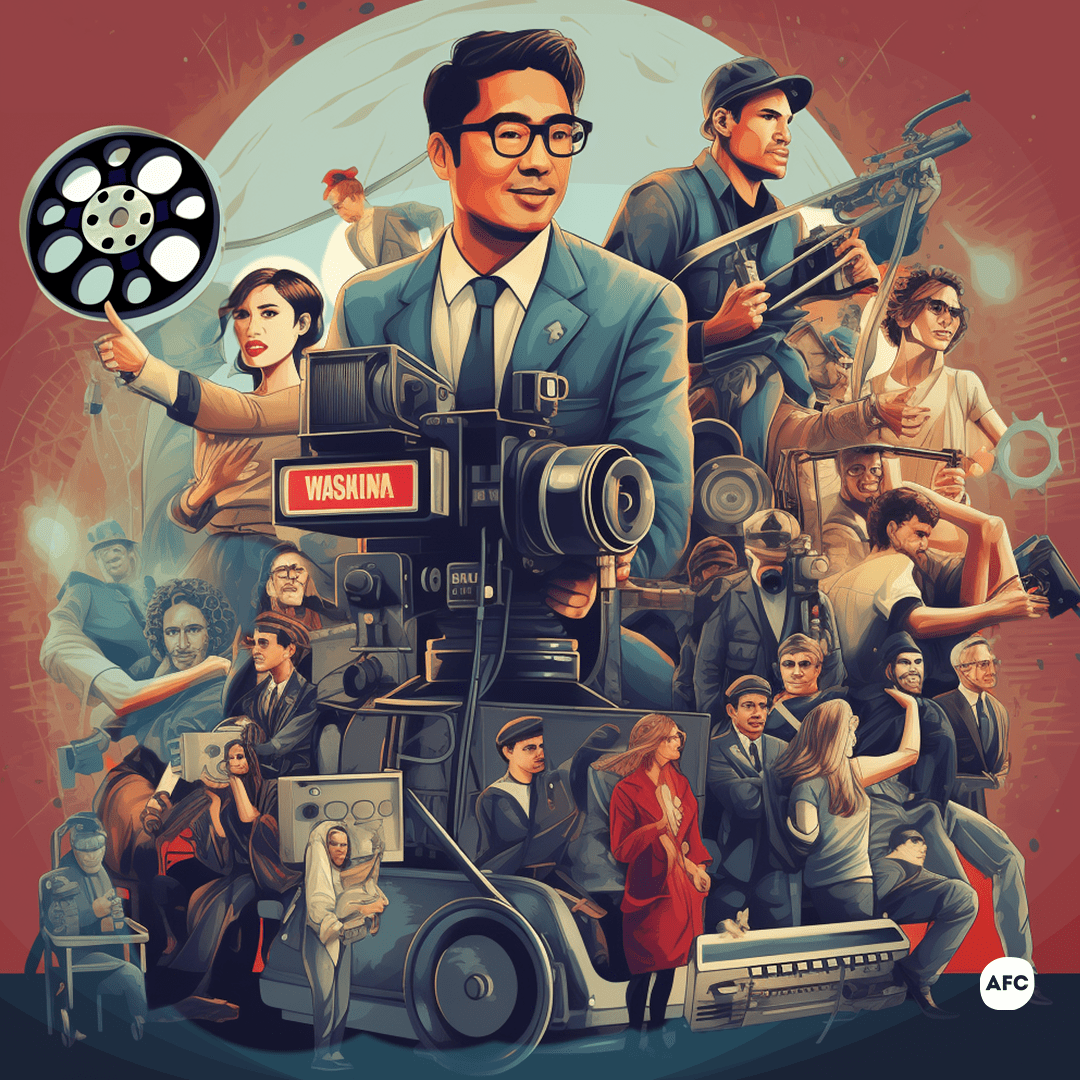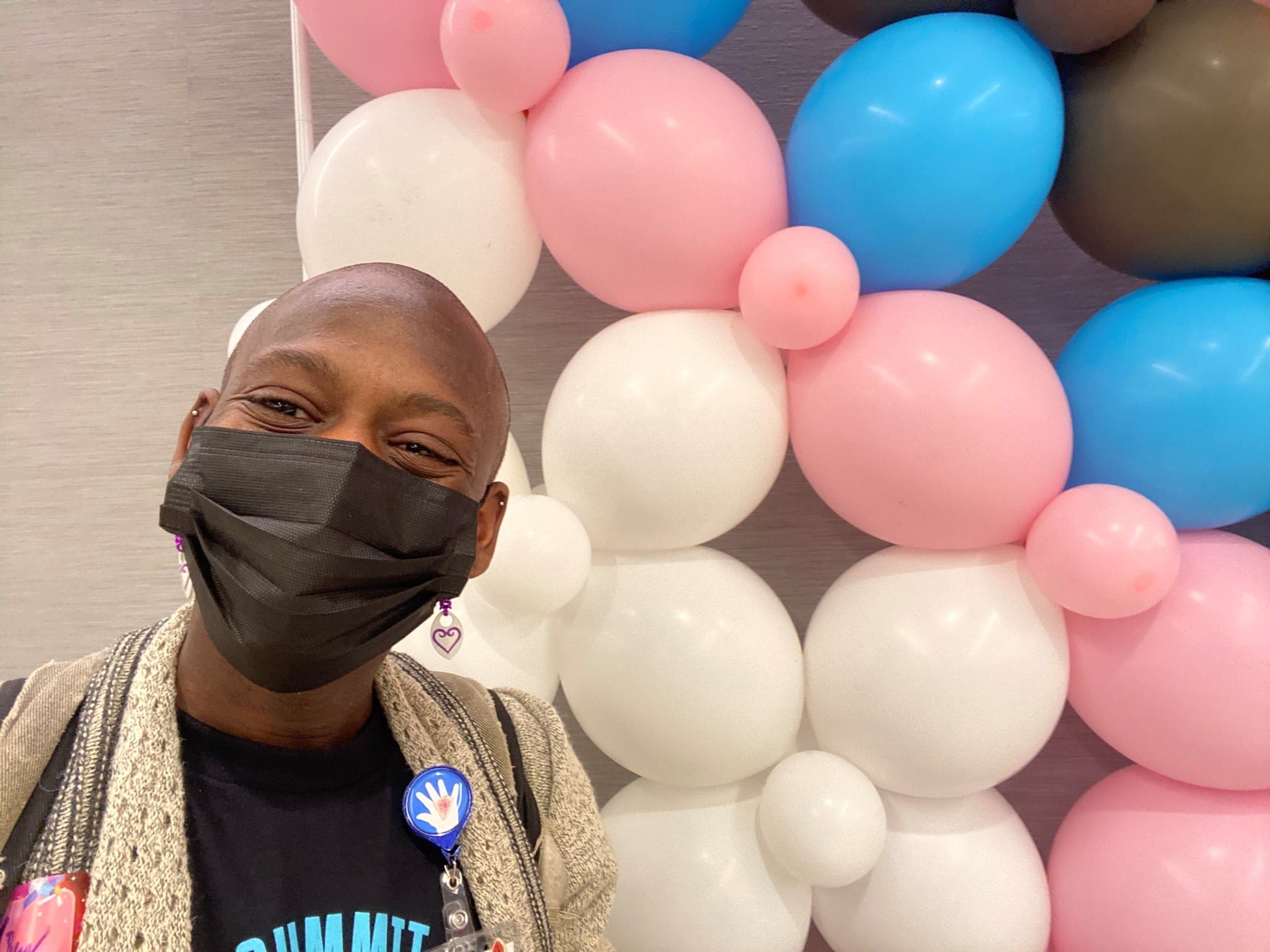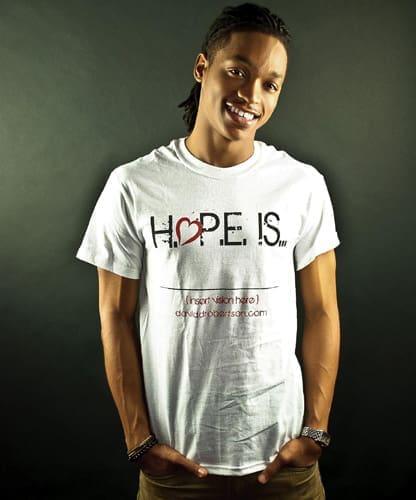1. An Early Frost (1985)
“An Early Frost” is a groundbreaking 1985 television film that tackled the HIV/AIDS epidemic for the first time on a major network, NBC. Starring Aidan Quinn, Gena Rowlands, Ben Gazzara, and Sylvia Sidney, it reached 34 million households during its initial airing, making it a cultural milestone. The film portrayed a gay man, Michael Pierson (played by Quinn), navigating his AIDS diagnosis, and challenging misconceptions about the disease.
The storyline follows Michael and his strained relationship with his lover Peter, and the difficult task of revealing his sexuality and HIV status to his parents, portrayed by Ben Gazzara and Gena Rowlands. The film delves into the family’s reactions, with Nick, Michael’s father, initially reacting with anger and Susan, Michael’s sister, expressing fear and reluctance to see him.
The film ends with a poignant moment as Michael returns to Chicago, expressing love for his parents. “An Early Frost” not only showcased the emotional and societal stigmas faced by individuals living with HIV/AIDS but also played a pivotal role in shifting public perception and fostering a greater understanding of HIV and those it impacts. It remains a significant landmark in the cinematic portrayal of HIV/AIDS and its impact on individuals and their families during a critical period in the history of the disease.
2. Strike a Pose (2006)
“Strike a Pose” is a documentary that delves into the portrayal of HIV/AIDS in the entertainment industry and its connection to advocacy. The film profiles the dancers who performed with Madonna during her 1990 Blond Ambition World Tour, following their lives over a span of 25 years as they pursue careers in various artistic fields.
The documentary pays tribute to Gabriel Trupin, one of the original dancers who passed away due to AIDS-related complications in 1995. Through the stories of these dancers, “Strike a Pose” offers insights into the evolving depiction of HIV/AIDS in entertainment. It serves as a testament to the artists’ resilience and commitment to both their art and HIV advocacy, highlighting the importance of empathy, awareness, and support of the HIV community
3. And The Band Played On (1993)
“And the Band Played On” is a 1993 HBO film depicting the early days of the HIV/AIDS epidemic. It stars Matthew Modine as Don Francis, an epidemiologist, and Alan Alda as Dr. Robert Gallo, a viral researcher. The film follows Francis as he investigates a mysterious immune disorder affecting gay men in the early 1980s. Despite limited resources and political hurdles, he works to understand and combat the disease.
The film explores Francis’s interactions with the gay community, scientific rivalries, and the personal impact of AIDS on individuals like activist Bill Kraus. It highlights the bureaucratic challenges in addressing the crisis.
As the AIDS crisis unfolds, the film follows the personal journeys of individuals affected by the disease, such as activist Bill Kraus and his partner Kico Govantes.
The story concludes in 1992, with Francis leaving the CDC to work on an HIV/AIDS vaccine. The film ends with a montage of those who passed away due to AIDS-related complications, emphasizing the lasting impact of the epidemic. “And the Band Played On” provides a comprehensive look at the early response to HIV/AIDS, both scientifically and emotionally.
4. Long Time Companion (1989)
“Longtime Companion” (1989) is a poignant portrayal of the early years of the HIV/AIDS epidemic, focusing on the lives of several gay men and their experiences. The film is divided into multiple sections spanning from 1981 to 1989.
In July 1981, a group of friends, including Willy, John, David, Sean, Howard, Paul, Lisa, and Fuzzy, gathers on Fire Island for the 4th of July. As news of a new “gay cancer” is documented via The New York Times, reactions among friends vary from concern to dismissal. John becomes the first among them to be diagnosed with the disease. The story continues to follow their lives as the epidemic escalates. It includes moments of personal and societal struggle, such as Howard’s role as the first openly gay character on daytime television and the challenges faced by the group. Relationships form and evolve, and the impact of HIV/AIDS becomes increasingly devastating.
The film explores themes of fear, loss, and the resilience of the gay community in the face of a growing crisis. It delves into the emotional toll on the characters as they witness the illness claiming their loved ones.
“Longtime Companion” concludes in 1989, with some characters volunteering and raising awareness about HIV/AIDS. The film ends with a poignant moment of reflection, as friends walk along the beach, reminiscing about a time before HIV/AIDS and expressing hope for a cure. A brief fantasy sequence pays tribute to those lost to the epidemic.
The film is a touching portrayal of the HIV/AIDS epidemic’s early years and the enduring friendships and memories forged in the face of adversity, shedding light on the impact of HIV/AIDS on individuals and the LGBTQ+ community.
5. Philadelphia (1993)
“Philadelphia” (1993) is a film that explores the portrayal of HIV/AIDS, as well as advocacy for HIV-positive individuals. The story revolves around Andrew Beckett, a senior associate at a Philadelphia law firm who conceals his homosexuality and HIV-positive status from his colleagues due to stigma and discrimination.
When Beckett’s Kaposi’s sarcoma lesions become visible, he is fired from his job, due to his employer connecting with a potential AIDS status. Unable to find a lawyer willing to represent him, he becomes his own attorney. Ultimately, Joe Miller, an initially reluctant lawyer, takes on his case, and they bond while fighting discrimination.
During the trial, the defense tries to suggest that Beckett brought AIDS upon himself, but Miller’s perception evolves as he witnesses Beckett’s struggle. Beckett’s health deteriorates, and he wins the case just before passing away.
The film portrays the discrimination faced by those living with HIV/AIDS and the gradual change of perspective in the legal battle. It sheds light on the stigma surrounding the disease and the importance of advocacy and legal protection for HIV-positive individuals.
Join us next week for the second part of our film series. We looking forward to continuing to dive into the diverse and evolving portrayals of the HIV epidemic in cinema and uncovering the power of film in advocating for social change and understanding the journey of those affected by HIV.




